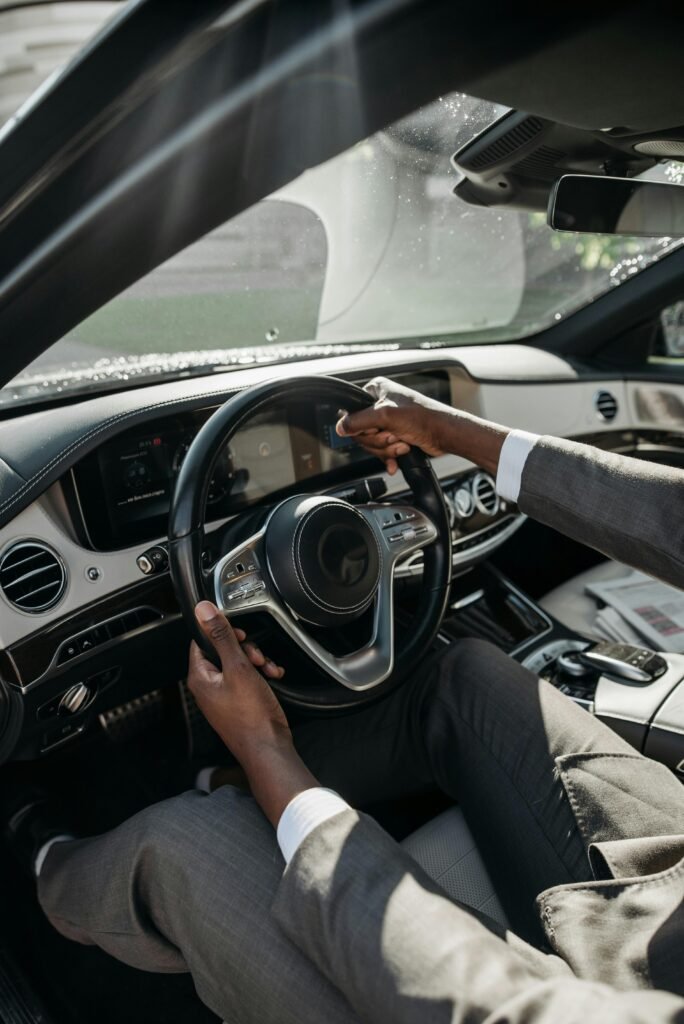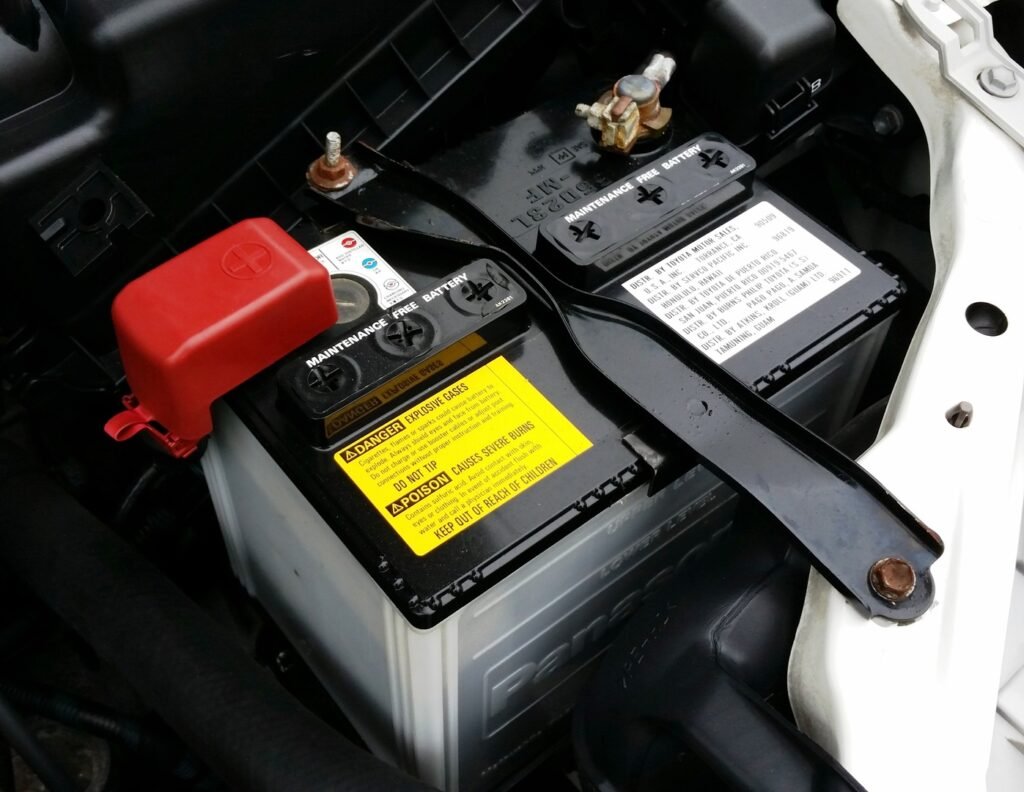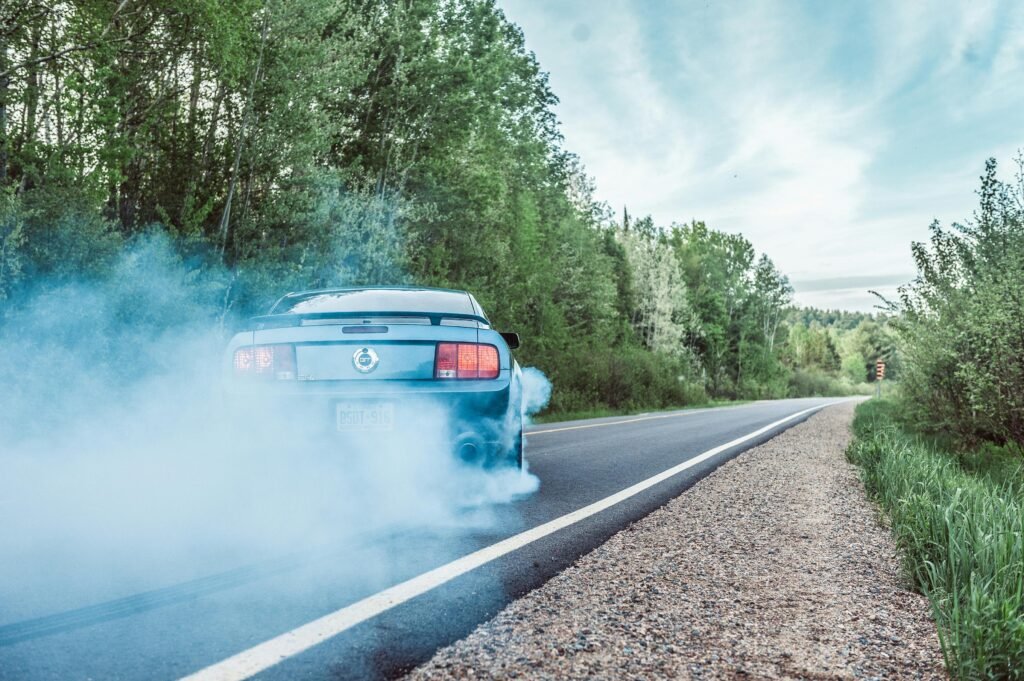The Beginner’s Guide to Slowing Down in a Manual Car: Simple and Stress-Free Steps
Driving a manual car might be likened to learning an ancient skill, except that you’re juggling gears, pedals, and the occasional panic attack in place of a sword.
What to do with the gears when slowing down is one of the biggest riddles for novice drivers (and, let’s face it, some experienced drivers as well).
Should you be downshifting like you’re in a Fast & Furious movie, or can you just stomp the brake and hope for the best?
Don’t worry; I’m here to demystify it all—and maybe save you from some awkward kangaroo stops along the way.
I’m pleased to say that you don’t need to worry about the gears when you’re slowing down or stopping in a manual car. As long as you get the clutch down by the time the revs drop below 1000 RPM, the car will stop nicely.

When you want to slow down, it’s best to come off the gas first and see how much the car slows down on its own. If you want to slow down some more, add some brakes, making sure you press the clutch down by the time the revs drop to 1000 RPM.
Then, just finish braking and stopping with the foot brake. There we go—no gears needed.
It’s really important to remember that after slowing down, before you get going again, you must select the correct gear before you lift the clutch to move.
If you’ve slowed down to between 15 and 25 miles an hour, choose third gear. If you’ve slowed down to between 5 and 15 miles an hour, choose second gear. And if you’ve slowed down to below 5 miles an hour, choose first gear.
However, a lot of drivers, myself included, like to change down the gears as we slow down. We do this so that the car is always ready when we need to start accelerating again.
We also benefit from the slowing-down effect that lower gears have on the car, called engine braking, which can really assist when driving down steep hills.
In my experience of driving, I’ve learned that it’s not a good idea for newbies to focus on the gears when they’re trying to slow down. This only distracts them and takes their attention away from the road and onto the gears.
If I encourage you to focus on the road and not worry about the gears when you are slowing down, you’ll become a better driver more quickly.
This is what often happens when new drivers try to focus on slowing down while changing down the gears: they end up stopping at an angle and often way too early. When you feel skilled enough, have been driving for a while, and are confident, then it’s a good idea to start learning how to change down gears while slowing down.
Bear in mind, you’ll have to hold the clutch at the bite point longer after changing down a gear than when going up a gear. It can often take three or four seconds of holding the clutch at the bite point to keep the car smooth after downshifting.
If you change down gears at 1500 RPM instead of 1000 RPM, you’ll get better engine braking, but bear in mind you’ll need to hold the clutch at the bite point longer to ensure the car stays smooth.
So, although it’s good practice to change down gears while slowing down, you will rarely find a driving expert who tells you to do this. The benefits of engine braking and being in gear ready to go don’t outweigh the extra difficulty and the additional hours it would take someone to learn to drive.
Maintaining safety and order is therefore crucial, regardless of whether you are the enthusiastic head of the downshift or on the “brake first, gear later” side.
Don’t let your gears drive you; learn the basics and avoid overanalyzing. You’ll be able to slow down like a pro once you get the hang of it, and you might even be able to shift gears drastically for style.
Remember that clutch control is a sensation rather than just a technique, and have fun while driving!


